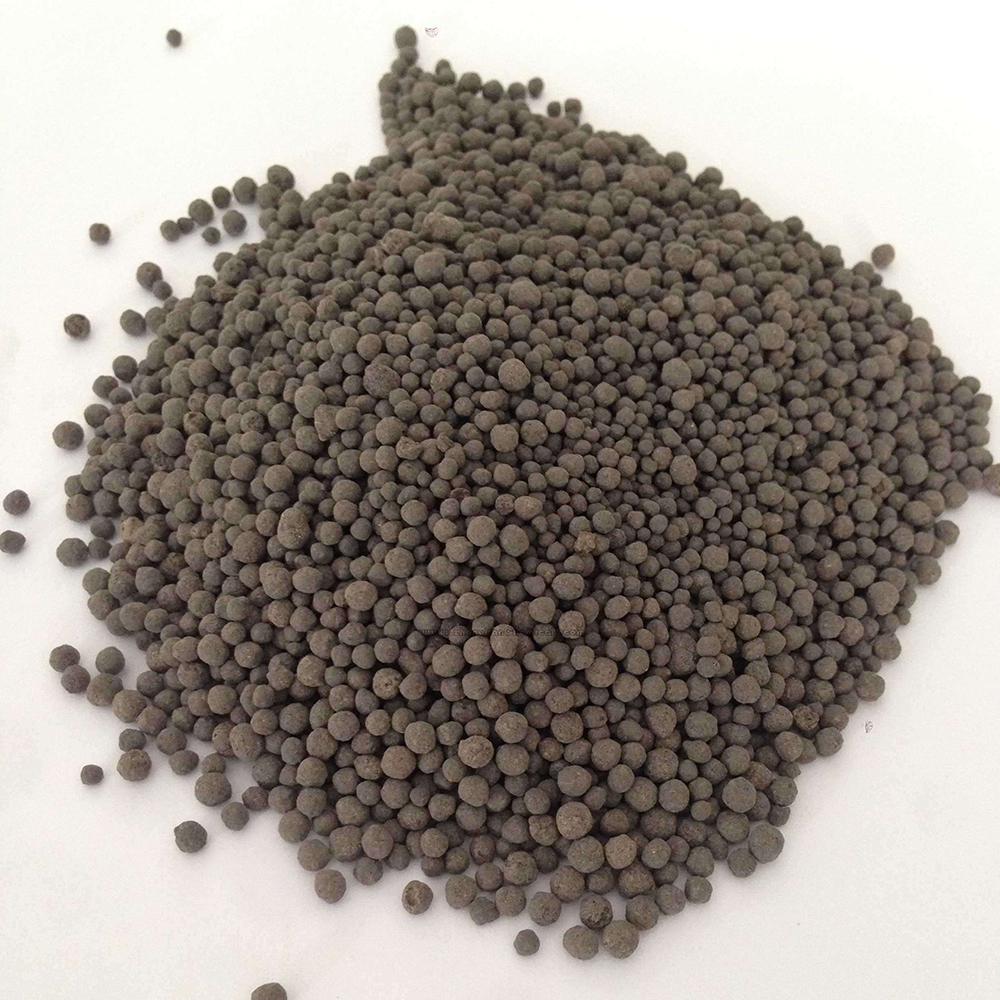



Understanding the pH Value of Caustic Soda and Its Implications
Understanding the pH Value of Caustic Soda A Comprehensive Overview
Caustic soda, or sodium hydroxide (NaOH), is a highly versatile chemical compound commonly used across various industries, including food processing, soap manufacturing, and chemical production. One of the critical properties of caustic soda is its pH value, which plays a significant role in its applications and effects. Understanding the pH of caustic soda is essential for ensuring safe handling and effective use in different processes.
The Basics of pH
The pH scale measures the acidity or alkalinity of a solution, with values ranging from 0 to 14. A pH of 7 is considered neutral, while values below 7 indicate acidity and values above 7 signify alkalinity. Caustic soda is known for its high alkalinity, typically exhibiting pH values greater than 13 in concentrated solutions. This extreme alkalinity is primarily due to the complete dissociation of sodium hydroxide in water, resulting in a significant increase in hydroxide ion (OH⁻) concentration.
Importance of pH in Industrial Applications
The high pH of caustic soda has various implications in industrial applications. For instance, in the pulp and paper industry, sodium hydroxide is utilized to break down lignin and separate cellulose fibers from wood, a process called pulping. The high alkalinity helps in effectively dissolving lignin, thus promoting the production of high-quality pulp. However, the caustic nature of sodium hydroxide necessitates careful handling, as it can cause severe chemical burns upon contact with skin.
In the realm of water treatment, caustic soda plays a vital role in adjusting the pH of water to prevent corrosion in pipes and equipment. By raising the pH, it helps to create a more alkaline environment that can lead to the precipitation of certain heavy metals, thereby improving water quality. Moreover, it is used to neutralize acidic wastewater, ensuring that it meets environmental regulations before being discharged.
caustic soda ph value

Safety Considerations
While caustic soda is essential in many processes, its high pH also poses safety risks. Solutions of sodium hydroxide can result in serious injuries if they come into contact with the skin or eyes. Furthermore, inhalation of sodium hydroxide dust can lead to respiratory issues. Therefore, adhering to safety protocols, such as wearing protective clothing, using appropriate ventilation, and following proper handling procedures, is crucial when working with this compound.
Measuring and Adjusting pH
In various applications, the pH of caustic soda solutions needs to be measured and adjusted. This process typically involves using pH indicators or pH meters to monitor the concentration of hydroxide ions in solution. If adjustments are necessary, other chemicals such as diluted acids (like hydrochloric acid) can be carefully added to lower the pH to a desired level. This process must be conducted with caution, as the neutralization reaction can release heat and must be controlled to prevent hazardous situations.
Conclusion
In summary, the pH value of caustic soda is a critical characteristic that significantly impacts its applications and handling. With a pH typically exceeding 13, caustic soda serves various purposes across different industries, from pulp and paper to water treatment. However, its corrosive nature requires stringent safety measures to protect workers and the environment. Understanding and managing the pH of caustic soda can ensure its effective use while minimizing the associated risks.
-
Why Sodium Persulfate Is Everywhere NowNewsJul.07,2025
-
Why Polyacrylamide Is in High DemandNewsJul.07,2025
-
Understanding Paint Chemicals and Their ApplicationsNewsJul.07,2025
-
Smart Use Of Mining ChemicalsNewsJul.07,2025
-
Practical Uses of Potassium MonopersulfateNewsJul.07,2025
-
Agrochemicals In Real FarmingNewsJul.07,2025
-
Sodium Chlorite Hot UsesNewsJul.01,2025










